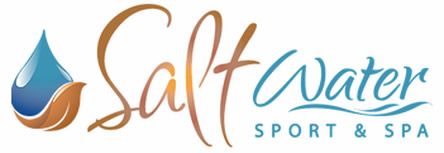TCM is rooted in the ancient philosophy of Taoism, and has been practiced for more than 5,000 years. Traditional Chinese Medicine (TCM) looks at symptoms specific to an individual and describes their cause from a combination of imbalances within lifestyle, psyche, nutrition, environmental stress, and trauma. TCM is different from modern western medicine as it recognizes internal organs as a functional interconnected system, and organizes them in a metaphysical manner. TCM is a common medical care throughout Eastern Asia. TCM therapy consists of Chinese herbal medicine, acupuncture, dietary therapy, tui na massage, and others.
Acupuncture is the practice of inserting very fine, sterile needles into specific acupuncture points on the body. The points are located on the meridians, where Qi (vital energy), flows through the body. There are hundreds of acupuncture points on the body. Different acupuncture points are chosen based on each patient’s individual constitution and symptoms.
Auricular acupuncture is based on the idea that the ear is a micro system where the entire body is represented on the ear. Auricular acupuncture can rebalance the body by stimulating specific points on the ear that correspond to different parts of the body. Studies have shown that auricular acupuncture is effective in the treatment of addiction, mental health, and pain; it can also be used in conjunction with regular acupuncture to treat chronic conditions.
Chinese Herbal Medicine is an important adjunct treatment method to acupuncture. In China, herbal medicine is considered to be the primary therapeutic modality of internal medicine. Chinese physicians have observed and classified more than 5000 plant, animal and mineral substances according to remedy effect.
Different herbs are combined into a formula that is designed to adapt to the individual patient. As a dietary supplement, Chinese herbs can boost internal deficiencies as well as eliminate harmful substances that accumulate pathologically. Traditionally, formulas were decocted in a pot and consumed as a tea, but it can also be formed as pills, topical creams, and pastes.
Cupping is the application of glass cups to specific areas of the body. Before placing the cup against the skin, a small flame is held inside it in order to create a relative vacuum. This causes the skin to be sucked up into the cup, stimulates the flow of blood and Qi, and clears local stagnation. It is beneficial in the treatment of aches and pains, and it helps in warding off colds.

